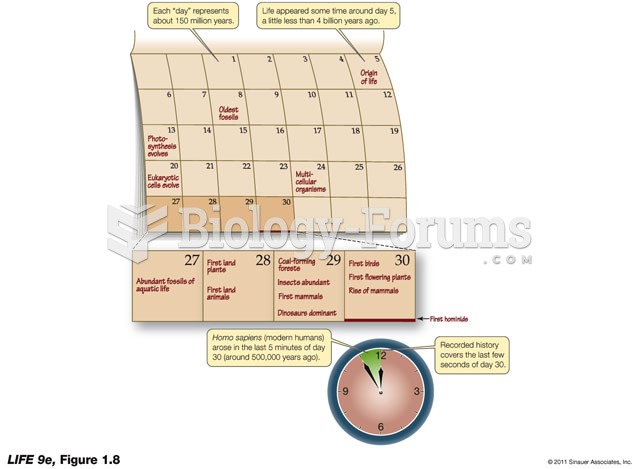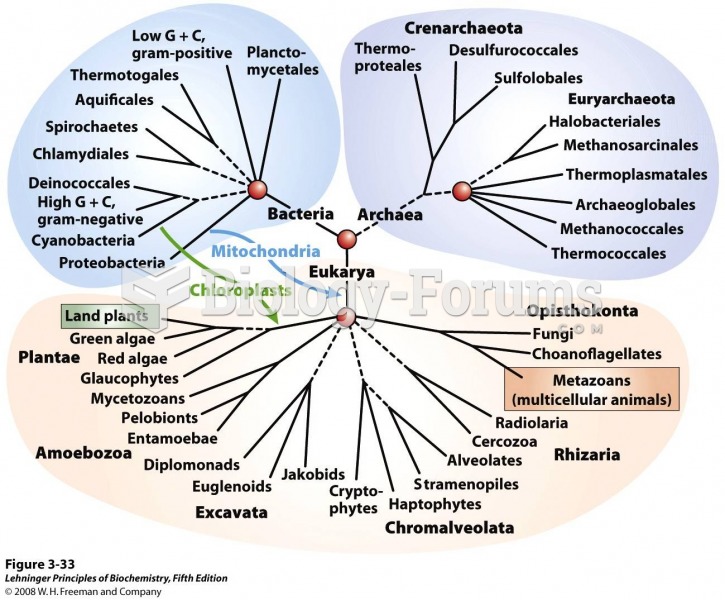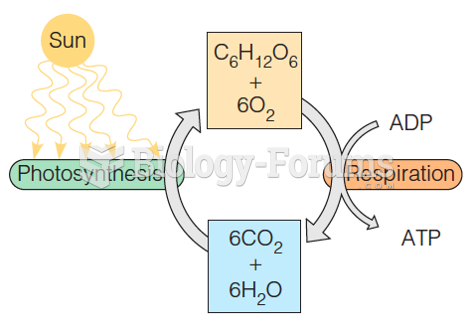Answer to Question 1
Exploratory work has a small impact on the environment through the drilling operation and the need to have access to the area. Roads, if created for the exploratory work, fragment habitats and increase human access to areas.
Extraction impacts the immediate environment by the building of roads (fragmentation of habitat), the disruption of habitat for the drilling and extraction, and possible spills. Once oil is extracted there is a need to transport the oil, usually via a pipeline to a collection point. Building and maintaining pipelines disrupts habitats. If the pipeline needs to be heated (as in Alaska), then there will be additional impacts during the daily operation of the pipeline.
Once the oil has been collected at a central point, it needs to be transported to a refinery. This could involve ocean transport or further transport via pipelines. Ocean transport includes the possibility of accidents, sabotage, and environmental contamination from normal operation (seawater used as a ballast in the tanker). The refinery is a major source of air pollution and is likely to result in local habitat destruction along with water pollution.
Transportation of refined oil to the point of consumer purchase is typically done with tanker trucks. There is always the possibility of an accident resulting in a spill of refined fuel. The soil and water will be contaminated during this process.
Air pollution results from the dispensing and use of gasoline.
Answer to Question 2
The three types of population growth curves are the constant population growth rate, the J-curve (exponential growth) and the S-curve (logistic growth). The constant population growth rate remains constant over time and results in a straight line when plotted on a growth curve (population number vs. time). It is highly unlikely that this type of growth would be found in nature. The J-curve demonstrates population growth under optimal conditions, with no restraints. The S-curve shows a population at equilibrium. The J-curve is caused by exponential growth of a population and the absence of mechanisms to cause the population to level off; exponential growth can occur in nature. Humans, for example, have been growing exponentially for many generations now. J-curve growth is not sustainable and the consequence of this type of growth is a population crash and a reduction in the carrying capacity. The S-curve is caused by exponential growth of a population until natural mechanisms cause the population to level off at the carrying capacity (K) and continue in a dynamic equilibrium. The causes of this type of growth are the various biotic and abiotic factors that limit a population's size.







